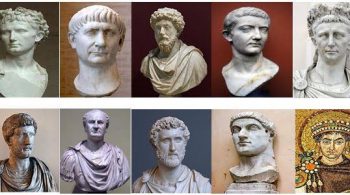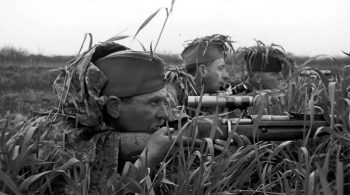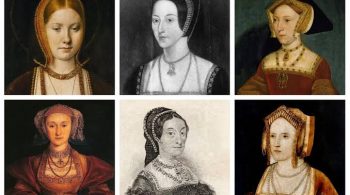Before learning about the Viking leaders’ enigmatic lives, adventures, and many more aspects, we must know about the Vikings. Vikings were a group of people from Scandinavia. They were from the 8th century to 11 century. Vikings mostly traded, pirated, and, raided and they had settled in Europe. Their places of journeys included North America, Volga, Middle East, Bulgaria, Mediterranean, and, North Africa. The Vikings had made a very profound impact on the British Isles, Kievan Rus, Estonia, France, and, the early medieval history of Scandinavia. Now let’s focus on the Greatest Viking Leaders and their respective lives.

Leif Eriksson
Leif is the first European to set foot on the North American continent. They consider him one of the best Viking leaders. Leif Eriksson was the son of Erik, the Red. He was born in 970 AD in Iceland. And he later moved to Greenland where his father had founded the first Norse settlement. He had gone to North America nearly years earlier than Cristopher Columbus. The story of Leif comes from ‘The Saga of the Greenlanders’ and ‘Erik the Red’s Saga’. In around 1000 AD, Leif had sailed off in around 1000 AD, in search of a territory that Bjarni Herjolfsson had discovered.
In one of the sea ventures, Leif had got in touch with King Olaf Tryggvason of Norway. King Olaf had converted the people of the country into Christians. When Leif was returning to Greenland to evangelize the people after swearing fealty to King Olaf he blew off course and landed in Vinland. Today, Vinland is actually Newfoundland which is in Canada. After Leif had returned from Vinland to Greenland with valuable timber cargo they again made the journey to Vinland.
Although their presence in North America was not long. But he built a peninsula in the north point of that area. It is now termed as L’Anse aux Meadows. However, the natives of the land were not liking them so they left North America. Leif had eventually gone back to Greenland but had allegedly kept his promise to Olaf in converting the population to Christianity. But most of them were already Christians.

Freydis Eriksdottir
She was one of the bravest Viking leaders. Freydis was the sister of Leif Eriksson and the daughter of Erik the Red. She had a reputation as a great Viking leader because of two different accounts. The first is from The Saga of the Greenlanders in which she is a conniving woman who had orchestrated the murder of her husband and his men. And the second account comes from ‘Erik the Red’s Saga’ in which she is a brave warrior woman who alone had attacked the settlement with only a sword.
Although there is no verification of which of these accounts is true. They think that ‘The Saga of the Greenlanders’ is there to defame her. Actually, the image of a courageous woman facing down a hostile enemy alone was not according to the Christian ideology of women. They used to turn down the strong women who did not fit the Christian narrative.
Rollo of Normandy
Rollo was one of the best Viking leaders whose origins come from either Danish or Norwegian. He is the founder of Normandy who had previously led raids in the Kingdom of West Francia. He had begun conducting raids on France in the 9th century. People think that Rollo had been there in the Siege of Paris in 885 – 886 AD. At that period the Odo of West Francia defended the city. In 911, under the treaty of St. Claire-Sur-Epte, Charles the Simple who was the king of West Franks gave Rollo part of Normandy. He protected the area from other Viking raiders. Then, Rollo expanded the region of control until his death. After that Rollo’s son William Longsword succeeded him in 1087 AD.
Now, coming back to the story of Rollo about how he got the land of Normandy. In 911 AD Charles the Simple was trying to follow the same precedent as Rollo but instead offered the hand of his daughter for marriage with Rollo and in return asked for his loyalty and protection from Viking raids. Charles had also offered him land and that’s how Rollo became the Ruler and Founder of Normandy. Apart from his personal achievements he is for being the great great great grandfather of William the conqueror.
Ragnar Lothbrok
Lothbrok is one of the greatest and most popular among the Viking leaders. He is the hero of the epic ‘The Saga of Ragnar Lothbrok’. They also think that Ragnar was an amalgam of a number of Viking chieftains. Most of the time people think of him as a historical figure and scholar. But the authors of these sagas mostly concede him as a fictional character. They also think that he is an impersonation of the Viking leader Reginherus. The Norse sagas give him credit for invading and settling the Kingdom of Northumbria of England. They also credit him for the great raid of Paris in 845 AD.
Ragnar fought dragons and tried to conquer Britain in only two ships. People also got to know about Ragnar from a 9th-century poem ‘Ragnarsdrapa’. The bard Bragi Boddason had written the poem. It was a shield poem describing mythological and legendary images. Allegedly, someone named Ragnar had given Bragi the shield. Later in some other Norse poems, they found it was Ragnar Lothbrok. But still the historical accuracy of Lothbrok is still doubtful. He met his end when he failed to conquer Britain with only two ships and then the King of Northumbria killed him throwing him in a pit of snakes.

Erik the Red
Another remarkable addition to the Viking leaders, Erik was the father of Leif Eriksson and Freydis Eriksdottir. He had earned his nickname Red because of his red hair and his hot temper. He was an Icelandic explorer who became the first to settle in Greenland. People got to know about his story from ‘The Saga of the Greenlanders’ and ‘Erik the Red’s Saga’. Actually, they had banished him for killing a man in Iceland just like his father for three years.
After leaving home, he sailed to the west to a vast, uncharted island. After he returned to Iceland he told everyone about the place and named it Greenland. Then he organized a fleet of 25 ships that carried colonists back to Greenland. There they founded two main settlements in 986 AD. At its peak, Greenland had around 5,000 residents. After Erik’s death, Greenland’s Norse communities continued till the 15th century. However, the reason behind the disappearance of the Norse Greenlanders is still a mystery. But there might few reasons like a cooling climate and declining trade opportunities.
Cnut the Great
They called Cnut ‘the Great’ because of his skill in every area of kingship. So he was one of the finest Viking leaders. He was the son of Denmark’s King Svein Forkbeard. He helped his father conquer England in 1013 AD. Cnut conquered Britain and united it with Denmark and Norway and then took Sweden. His goal was to unify the disparate people and cultures of these lands under a single rule and he succeeded. In 1016 AD when Aethelred passed away in his Edmund Ironside had replaced him. Later, that year Cnut defeated him at the Battle of Ashingdon. Then Edmund signed a treaty that gave Cnut power over part of England. But just a few weeks later Edmund died and then all of England came under Cnut’s rule.
After that, Cnut revised the laws of Britain and equalized punishments for crimes throughout the diverse territories. His reign there brought stability after years of raids and battles. He had converted himself to Christianity but nobody knew how much serious he was about it. However, he knew enough to treat the church well and manipulate the clergy to further his various agendas.
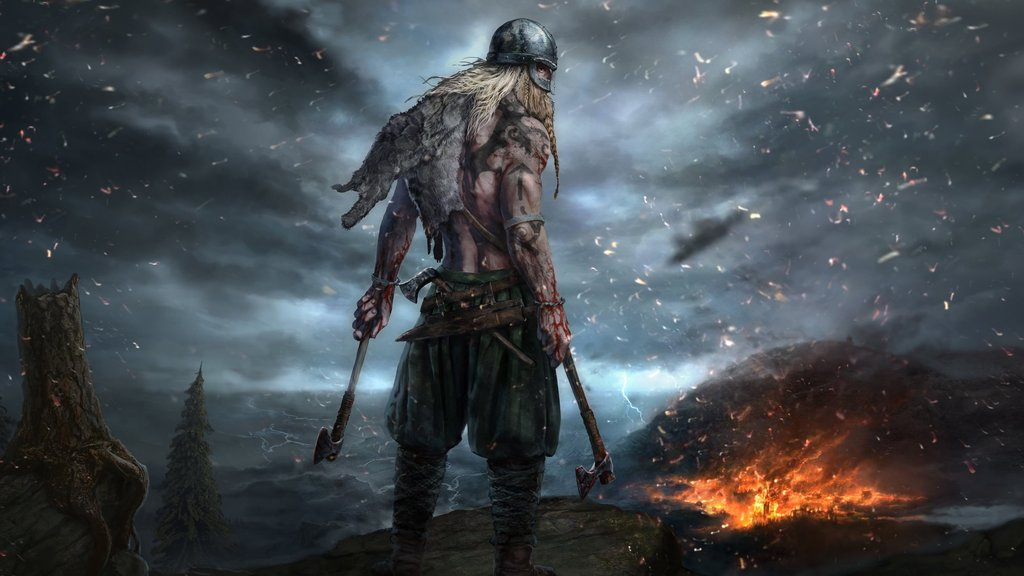
Sweyn Forkbeard
He was one of those Viking leaders about people do not know whether he was a die-hard pagan or a rogue Christian. But he used it to his advantage. After taking the throne from his father he took control of Denmark and then Norway and then became King of both the countries. He worried about interference from Germany and the church in Rome. And, because of that, he put all his efforts into building the power of the church in Britain. In 1002 AD he invaded Britain with the armies of Denmark and Norway which he had in control. He was in a position where he had absolute power. People say that he had invaded Europe because of the massacre of the Danish settlement.
After that Swayne continued his military invasions in Britain up until 1013 AD. By that time he had conquered every force he encountered. In that very year, he had become the King of England. But he died a few weeks later in February 1014 AD. Then, his son Harald II succeeded him and held the throne while his older brother Cnut, consolidated power in the land. So, few people say that they had good relations.
Ivar the Boneless
People say that Ivar was the son of Ragnar Lothbrok. We know him from the ‘Saga of Ragnar Lothbrok’, the ‘Gesta Danorum’, and, the Tale of Ragnar’s Sons from 1160 AD to 1220 AD. They also compared him with one of the Viking leaders of the Great Heathen Army that invaded Britain in 865 AD. And, they also tell that the army had inspired Ivar. The existence of Ivar is doubtful. In the tale ‘Ragnar’s Sons’ he sails with his brothers to avenge his father’s death but refuses to fight against the King.
Afterward, they found out that he made a deal with the King for land. But then we realize that it was his plan of Ivar to kill the King with his conniving plan. He killed the King using mysterious torture called blood- eagle. By that time, he had also found York. Ivar the Boneless epitomized Viking ruthlessness and cunning.
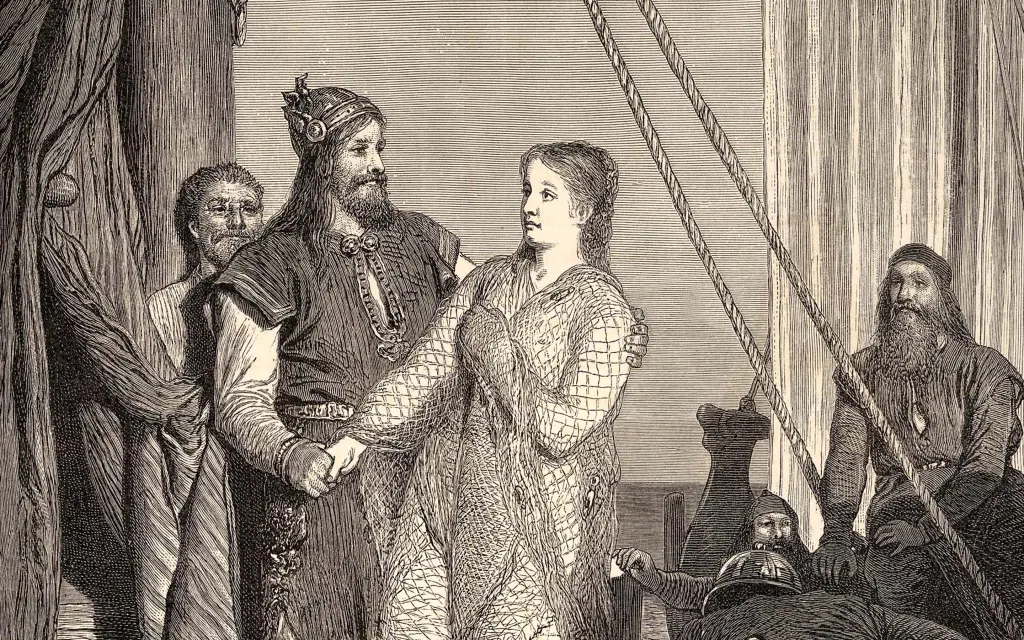
Harald Bluetooth
People know him as the Danish king who converted the people of Denmark to Christianity. Christian writers like Widukind of Corvey claim that a cleric named Poppa had converted Harald to Christianity. Poppa had shown Harald various miracles like holding a red hot iron bar without any injury. But in reality, he had converted due to holding off an invasion of the Germans, who were Christians. And, Germans would have had problems justifying an attack on the Christian Kingdom to the Roman Church.
The actual name of Harald is Harald Gormsson. He was the son of Gorm the Old and was born in 935 AD. After his father’s death in 958 AD Herald became the king of Norway. To honor his parents, Harald always continued the program of reinforcing existing and building new defensive fortifications to protect the kingdom from various enemies. During his reign, there was the beginning of the Danish Vikings to Christianity. His conversion of Denmark is one of his greatest achievements. He was an efficient ruler who solidified treaties and contracts with his neighbors and also improved his country’s infrastructure. He is one of the smartest Viking leaders
Hastein
His identity is also a mystery. People cannot confirm his existence because he is hard to find in history. He was there in the Mediterranean with Bjorn Ironside in 859 AD. He was also there in West Francia with the same person in 858 AD, in Marcia in 892 AD, and with the Great Heathen Army of 865 AD.
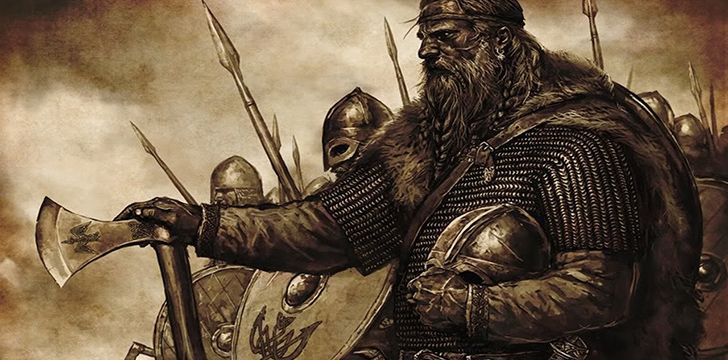
Viking Leaders FAQs
Who were the Viking Leaders in England?
Some of the Viking Leaders in England:
- Hardicanute
- Canute the Great
- Sweyn Forkbeard
- Harald I Harefoot
What is the timeline of some of the Viking Leaders?
- Rollo of Normandy – 911 – 927 AD
- Ragnar Lothbrok – 9th century AD
- Erik the Red – 950 – 1003 AD
- Harald Fairhair – 972 – 933 AD
Who are the famous Viking Leaders of Norway?
- Haakon I Haraldsson
- Harald I Halfdansson
- Eric I Haraldsson
- Harald II Ericsson
Who was the most famous Viking leader?
Ragnar Lothbrok is considered the most famous Viking leader.

